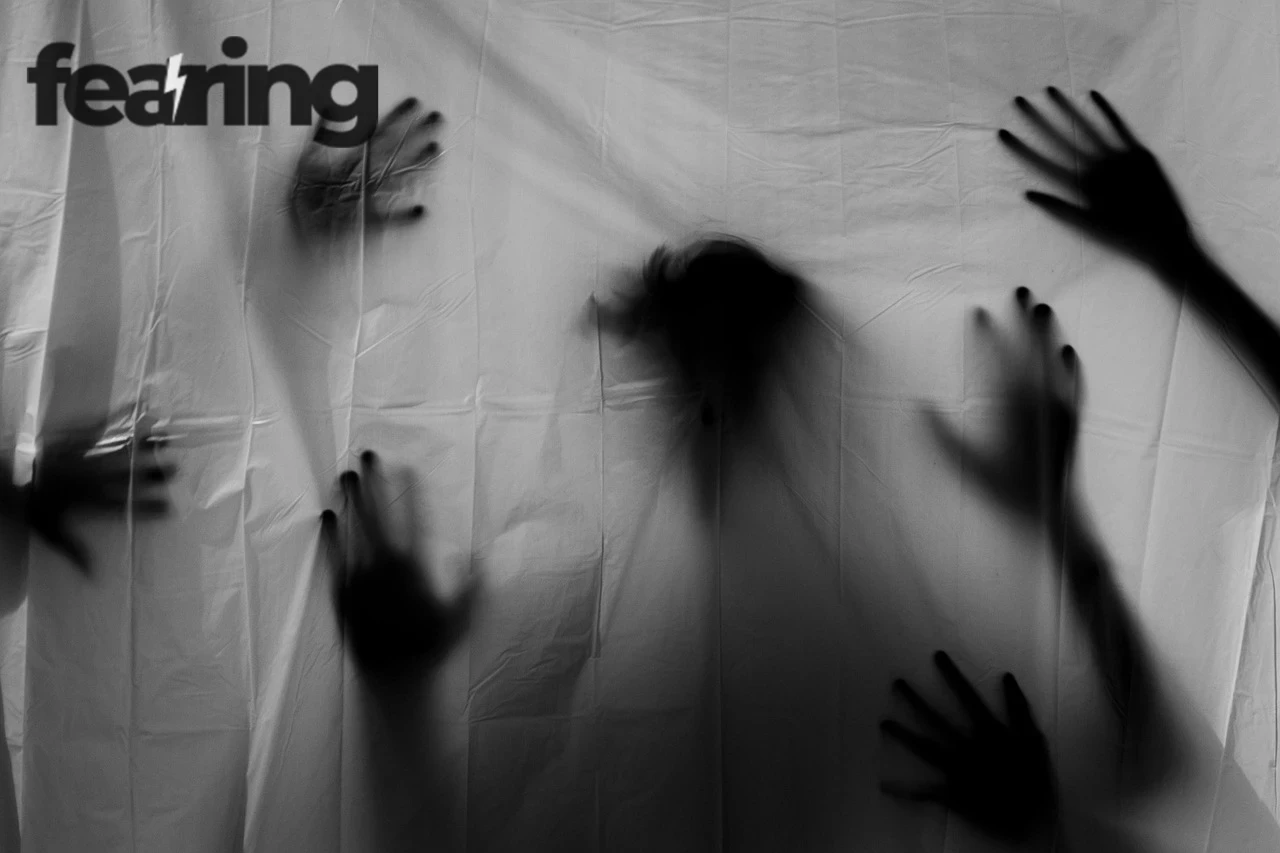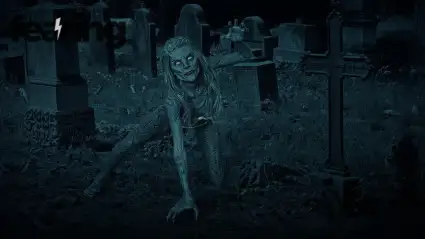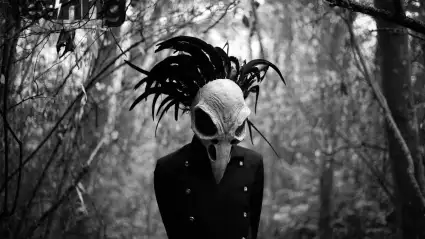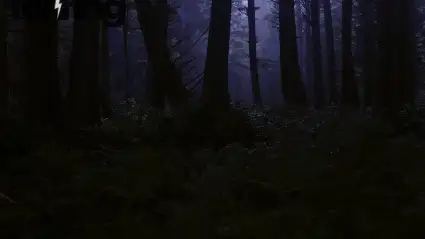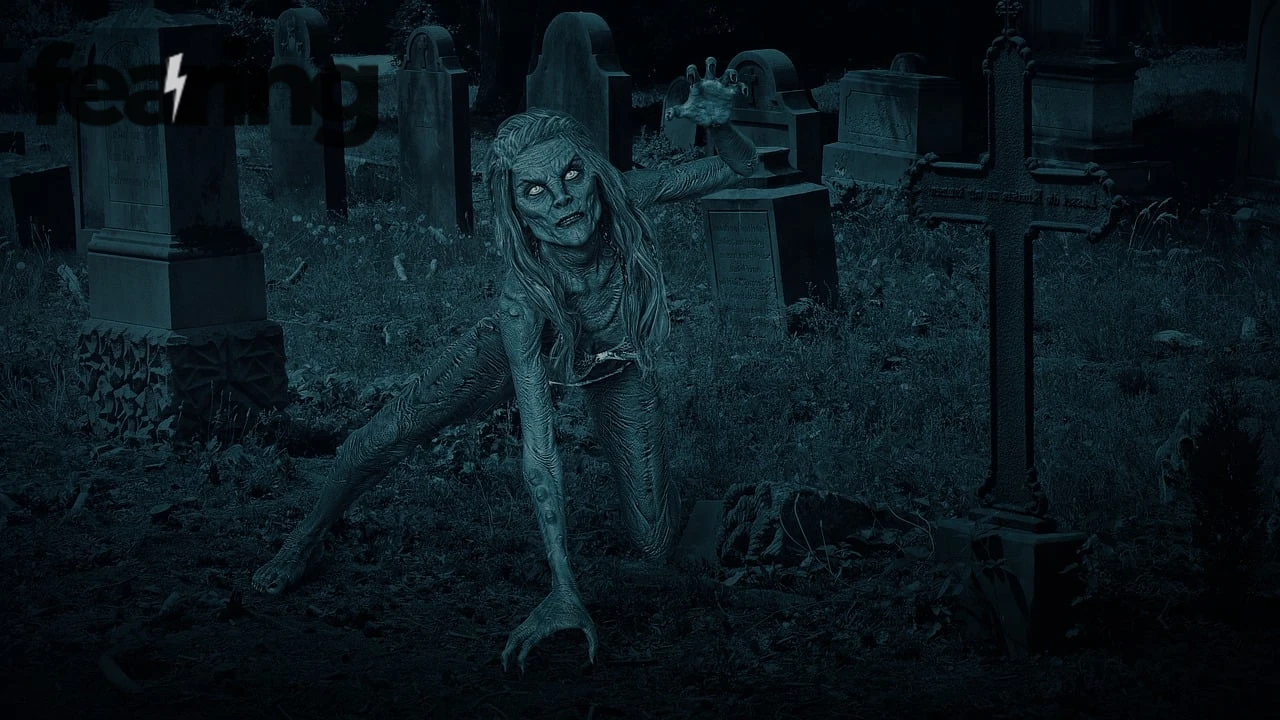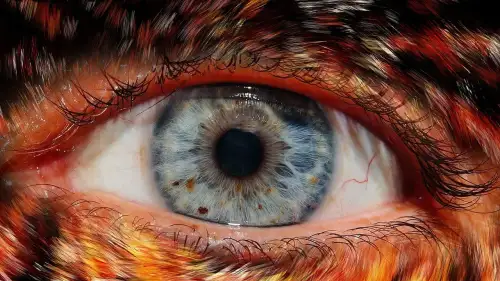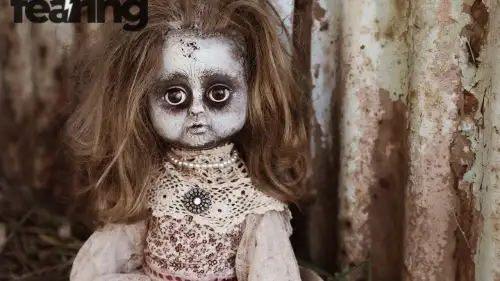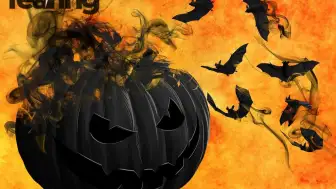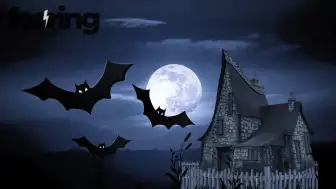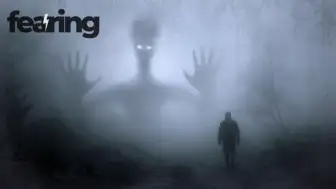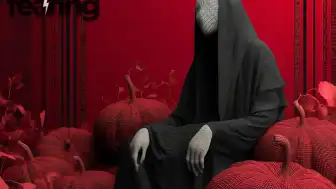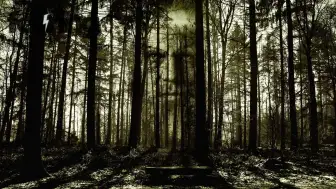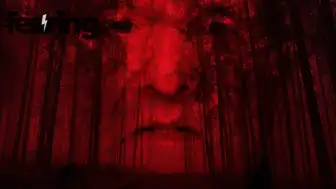Paranormal Investigations have come a long way from candlelit séances and superstition. Today, they sit at the intersection of science, psychology, and storytelling. Investigators use infrared cameras, LIDAR scans, and AI-based sound filters to analyze unexplained phenomena once dismissed as myth. In 2025, the field is defined not by proof of ghosts but by the human desire to understand fear, loss, and the limits of perception.
As parapsychologist Dr. Dean Radin observes, “The paranormal is a mirror. What we find in the dark says as much about ourselves as it does about the unknown.” His perspective captures why Paranormal Investigations endure — because they explore both external mystery and internal meaning.
From Victorian Curiosity to Data Science
The origins of organized ghost hunting stretch back to the late 1800s, when the Society for Psychical Research in London began cataloging reports of apparitions, telepathy, and haunting phenomena. These early efforts laid the foundation for today’s data-driven inquiries.
While early investigators relied on mediums and intuition, modern teams combine psychological profiling and environmental measurement. Historian Mary Roach once noted, “Victorians tried to photograph spirits. We’re still doing that — only now with better cameras.”
What Modern Investigators Actually Do
Contrary to what television portrays, a serious Paranormal Investigation resembles field research more than horror cinema. A standard operation follows several stages:
Historical Analysis: Reviewing archives, maps, and eyewitness accounts to establish context.
Environmental Control: Measuring baseline EMF, humidity, and temperature levels.
Observation: Deploying sensors and cameras in controlled intervals.
Documentation: Recording any sensory data or anomalies.
Data Review: Filtering recordings through AI to detect patterns or false positives.
Investigator Amy Bruni, known for Kindred Spirits, explains, “Technology doesn’t chase ghosts — it records human reactions to the unknown.”
Tools of the 2025 Investigator
The toolbox of today’s researcher looks surprisingly technical. Below are the most commonly used instruments and their 2025 upgrades.
| Tool | Purpose | New Capabilities |
|---|---|---|
| EMF Detector | Measures electromagnetic activity | Smart calibration to ignore nearby electronics |
| Thermal Camera | Detects cold or heat fluctuations | 3D temperature mapping |
| Full-Spectrum Camera | Captures IR and UV light | Broader wavelength detection |
| EVP Recorder | Records electronic voice phenomena | AI noise filtering and live transcription |
| LIDAR Scanner | Maps spatial dimensions | Produces digital 3D renderings of haunted sites |
Engineer Marina Lopez from the Institute of Applied Physics notes, “We’ve reached a point where ghost hunters and environmental scientists are using almost identical equipment — they just interpret results differently.”
The Psychology of Haunting
Neuroscience provides compelling explanations for ghostly sensations. Infrasound—low-frequency vibration below 20 Hz—can induce anxiety, dizziness, and the eerie feeling of being watched. Meanwhile, mold spores and carbon monoxide exposure can trigger hallucinations or disorientation.
Cognitive psychologist Dr. Chris French explains, “When the brain can’t identify a stimulus, it fills the gap with familiar patterns — often faces, voices, or presences.” Yet, even he admits that not every experience fits cleanly into science. “The mind loves order, but anomalies keep reminding us that order isn’t always complete.”
Ethics, Culture, and Respect
Modern Paranormal Investigations increasingly emphasize ethics. Investigating sacred or historical locations requires permission, context, and sensitivity. Anthropologist Dr. Sarah Bartlett stresses, “Exploration must not come at the expense of heritage or faith.”
Teams now collaborate with local historians, cultural mediators, and spiritual leaders to maintain respect. In Japan, some investigators even participate in Shinto purification rituals before entering a haunted area — merging reverence with research.
When AI Enters the Unknown
Artificial intelligence has reshaped how teams process data. Machine-learning models can analyze environmental readings, detect outliers, and categorize anomalies without human bias.
According to data scientist Lena Meyer, “AI can’t detect ghosts, but it can detect when physics behaves unexpectedly.” This approach allows teams to document repeatable patterns, strengthening the credibility of results.
One experimental project in the U.S. now uses predictive AI to calculate “activity probability zones” based on atmospheric and magnetic fluctuations — a form of statistical ghost hunting that blends weather modeling with parapsychology.
Public Fascination and Pop Culture
Streaming platforms have turned paranormal research into a cultural movement. Shows like Ghost Adventures and 28 Days Haunted attract global audiences, but professionals warn that entertainment often overshadows accuracy.
Veteran investigator Grant Wilson comments, “Television shows you the loud part — not the twenty hours of silence and note-taking that come before it.”
Despite dramatization, public belief remains high. A 2025 Statista survey found that 61% of Americans believe in spirits or ghosts, and 37% report personal experiences. This continuing fascination sustains both scientific inquiry and storytelling.
Why We Keep Looking
Psychologists suggest that Paranormal Investigations endure because they address a universal human theme — uncertainty about death and consciousness. Each investigation becomes a ritual of confronting the unknown.
Astrophysicist Neil deGrasse Tyson once remarked, “The universe is under no obligation to make sense to you.” For many investigators, that sentiment drives the journey. The mystery itself — not the solution — is the reward.
Skeptic Richard Wiseman adds, “Even if every ghost story vanished tomorrow, people would still see faces in the dark. It’s part of who we are.”
FAQ
Q1: Are paranormal investigations scientifically proven?
A1: They use scientific tools but lack reproducibility, which keeps them outside formal science.
Q2: What causes most ghost sightings?
A2: Environmental conditions, infrasound, and psychological suggestion are leading explanations.
Q3: How can investigators avoid bias?
A3: By documenting all data — even disproving evidence — and inviting peer review.
Q4: Is it ethical to film in cemeteries or sacred sites?
A4: Only with permission and cultural consultation; many teams now refuse sensitive locations entirely.
Q5: Can AI prove the existence of spirits?
A5: Not directly — but it can identify anomalies worth studying further.
Sources
Society for Psychical Research
Statista Global Paranormal Belief Survey 2025

